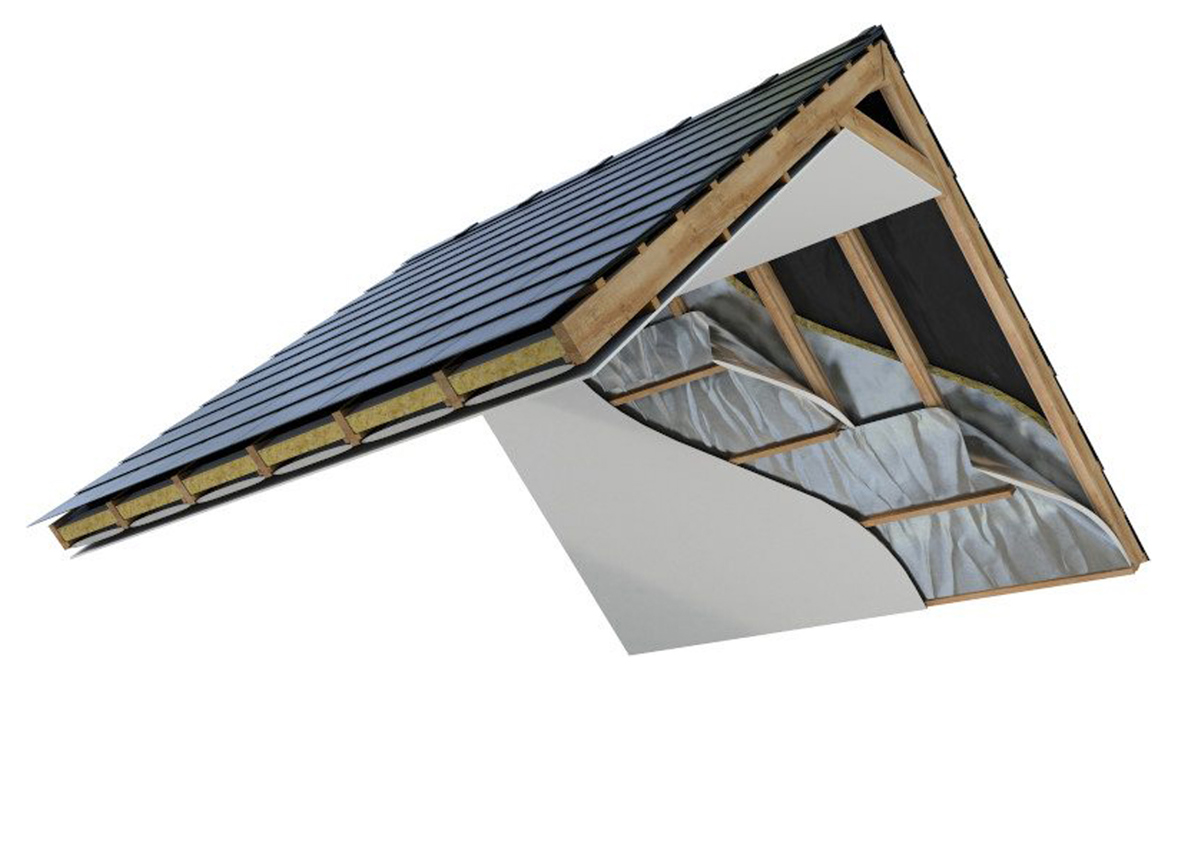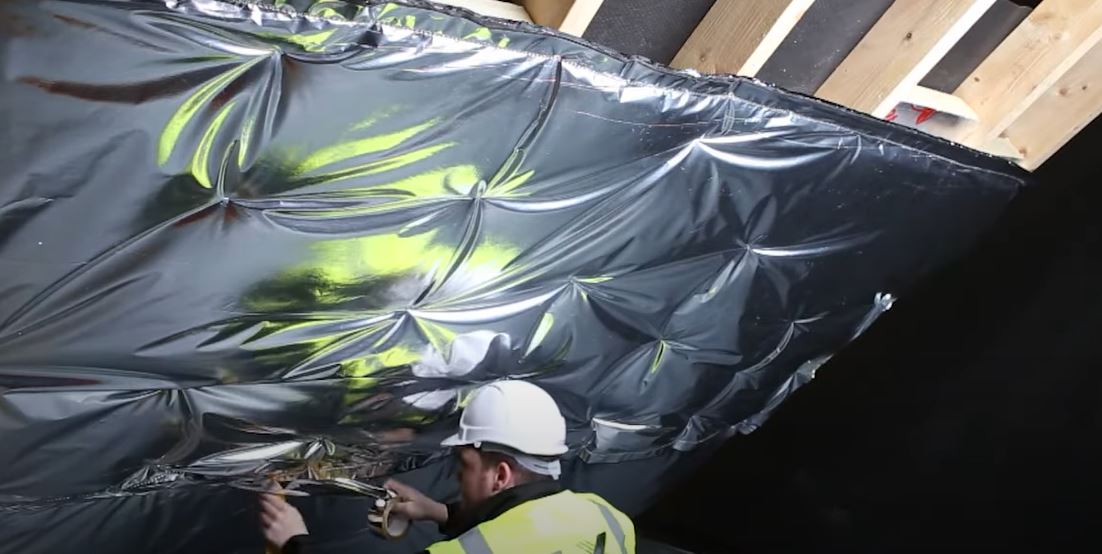How to maximise airtightness on your project
How airtight your home or build is will impact how comfortable and energy-efficient it is to live in.
And in today's world, where energy efficiency and indoor comfort are of utmost importance, airtightness plays a crucial role.

What is airtightness?
Airtightness is the measure of how well a building envelope, which includes walls, roofs, floors, windows, and doors, resists air leakage that isn’t planned for (i.e installed ventilation systems).
By minimising air leakage and ensuring a tight building envelope, airtightness helps reduce energy consumption, improve indoor air quality, and create a comfortable and sustainable living or working environment.
What is the standard for airtightness in the UK?
UK Building regulations measure airtightness as the rate of leakage per m of external envelope per hour at an artificial pressure differential through the envelope of 50 Pascals. This is expressed as Xm./hr/m.@50Pa.
10m3/hr/m2@50Pa is the maximum air leakage measurement that is allowed by UK Building Regulations. However, as building practices continue to become more environment-conscious, most projects aim for 5 to get a SAP pass.
A SAP is done to find out the energy and CO2 performance of a house to comply with Building Regs: Part L in England and Wales, Section 6 in Scotland and Part F1 in Northern Ireland.
What causes air to leak from a house or building?
Air leakage can occur due to unsuitable materials used on a build, the design of the build or poor workmanship. Poor airtightness can significantly contribute to home heat loss, higher energy consumption and increased energy bills.
So, how can airtightness be maximised?
As well as designing your build or home to maximise airtightness, this can also be achieved by using specialist insulation products.

Vapour membrane
Vapour airtightness membranes, including products like TLX Silver Insulating Vapour Membrane and Actis H Control Hybrid will:
- Keep the envelope of the building airtight, reducing draughts
- Prevent water vapour from the home getting into the roof or hitting a wall where it may find a cold surface to condense
These vapour membranes don’t just help to keep your build warm during the winter months, but will also prevent overheating in the summer.

Aluminium foil tape
High performance aluminium foil tape works to reflect heat and light and is heating and cooling efficient.
This airtightness tape will be used when a sealing joints or seams on the vapour membranes mentioned above. This also includes creating a seal around pipe lagging and duct sealing.
Airtightness can also be achieved with products like insulating vapour membrane and aluminium foil tape on existing homes and buildings. However, it’s important to work with trade professional to retrofit these to avoid potential moisture issues.
What are the benefits of having an airtight home?
Improved energy efficiency
When a building is airtight, it reduces the amount of energy required for heating and cooling. By stopping outside air from entering and preventing the escape of conditioned air, the building envelope acts as a thermal barrier. This helps reduce heat loss in winter and heat gain in summer, resulting in lower energy bills and a reduced carbon footprint.
Enhanced indoor air quality
When a building is properly sealed, it prevents pollutants, allergens, and contaminants entering from the outside. This is particularly important in urban areas with high levels of air pollution. Airtightness also helps to control moisture levels, preventing the growth of mould and mildew, which can have detrimental effect on health.
Increased comfort
By minimising drafts and temperature variations, airtightness ensures a consistent indoor temperature throughout the building. This eliminates cold spots and hot spots, allowing a comfortable and pleasant indoor climate all year round.
Noise reduction
When a building is airtight, it acts as a barrier to external noise, reducing the transmission of sound from the outside. This is particularly beneficial for buildings located in noisy urban environments or near busy roads.
There is a full range of airtightness products available
As well as stocking multifoil insulation and aluminium foil tape online, your local Elliotts branch also carries a range of Actis products, including Isodhesif tape.
Not sure what airtightness products you need for your build? Speak to your local Elliotts branch, or contact our Insulation product specialists.

Could heat loss from your home be costing you money?
You could be losing up to 15% of heat through your windows and up to 25% through your roof.
Here’s 4 areas of your home where you could be losing the most heat, and money, and how you can help prevent heat loss.
Airtightness FAQ
To test how airtight a building or home is, an air leakage test is conducted. This test, often referred to as a blower door test, involves using a powerful fan to depressurise the building and measure the rate of air infiltration. The results of this test helps identify areas that require improvement.
Airtightness and ventilation are closely related. While airtightness aims to minimise the amount of outside air entering, proper ventilation is necessary to ensure a healthy indoor environment.
Without proper ventilation, airtight buildings can experience increased humidity levels, leading to moisture-related issues like condensation and mould growth. It’s important to strike a balance between airtightness and ventilation to ensure both energy efficiency and indoor air quality.




